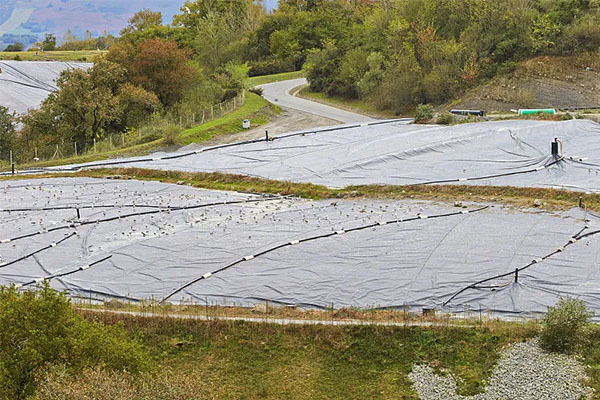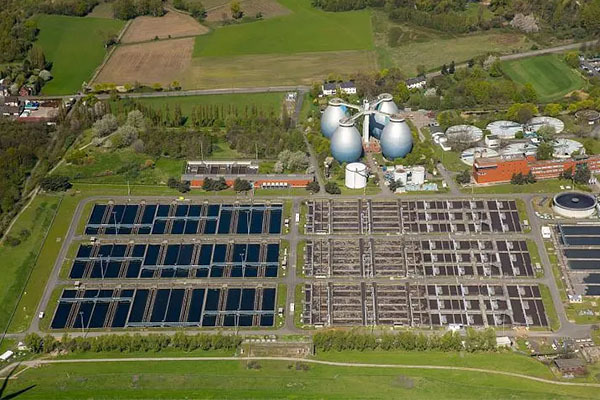Unpacking Geosynthetics: The Essential Role of Geotextiles, Geomembranes, and Geogrids
Release time:
2025-05-13
Explore the fascinating world of geosynthetics including geotextiles, geomembranes, and geogrids, their uses, benefits, and applications.
What Are Geosynthetics?
Hey there! If you've ever dug into the world of construction or civil engineering, you might have stumbled upon the term geosynthetics. But what’s all the fuss about? Well, let's break it down. Geosynthetics are essentially synthetic materials used to improve soil performance and enhance stability. Think of them as the unsung heroes of construction projects—working behind the scenes to keep everything in check.
Geotextiles: The Fabric of Construction
First up in our lineup is geotextiles (土工布). These aren’t your average fabrics; they are specially designed textiles used in a variety of applications, from road construction to erosion control. They're incredibly versatile and can be woven or non-woven, providing filtration, separation, and reinforcement—all crucial for ensuring the longevity and durability of infrastructure.
Why Use Geotextiles?
Oh boy, where do we start? Using geotextiles can minimize soil erosion, enhance drainage, and even stabilize slopes. Plus, they’re eco-friendly! Many geotextiles are made from recycled materials, making them a sustainable choice in today’s world. Talk about a win-win!
Geomembranes: The Barrier Builders
Next on our list is the geomembrane (土工膜). If geotextiles are the fabric, geomembranes are the protective shield. These impermeable membranes are used to contain liquids and gases, preventing leaks and contamination. They're essential in landfills, reservoirs, and even in mining operations. Who knew that a membrane could be such a game-changer?
Applications Galore!
Geomembranes are all about keeping things contained and safe. From lining ponds to ensuring waste containment at landfills, their applications are vast. And let's not forget their role in environmental protection—keeping our water sources clean and safe is a top priority!
Geogrids: The Structural Backbone
Last but definitely not least, we have geogrids (土工格栅). These grid-like structures are designed for reinforcement. Picture a strong, interlocking pattern that supports soil and aggregate, providing stability to loads in various construction applications. Geogrids are especially useful in retaining walls, roadways, and embankments.
Why Geogrids Rock!
So, why should you care about geogrids? Well, they can significantly reduce the amount of materials needed in construction while increasing the strength of the soil. That’s right—less material, more strength! It’s a total win for both your wallet and the environment.
The Future of Geosynthetics
Now that we’ve scratched the surface of geosynthetics, it’s clear that these materials are not just a passing trend. With the increasing demand for sustainable construction practices, the use of geotextiles, geomembranes, and geogrids is only set to grow. As technology advances, we can expect even more innovative solutions that will help us build a better, more sustainable future.
Conclusion: Embrace the Geosynthetic Revolution!
In conclusion, whether you’re a seasoned engineer or just a curious reader, understanding the importance of geosynthetics can offer valuable insights into the construction world. From geotextiles to geomembranes and geogrids, these materials play a pivotal role in ensuring our infrastructures are safe, durable, and environmentally friendly. So the next time you see a construction site, remember the hidden champions at play—geosynthetics!
Previous Page






